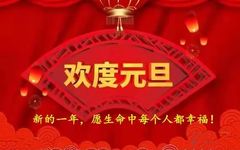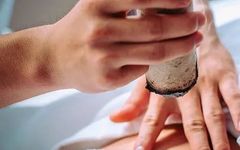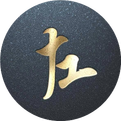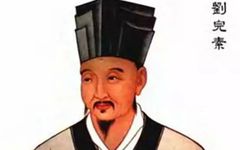How to Perform Moxibustion: Indications and Contraindications
Moxibustion, also known as moxibustion therapy or moxa therapy, involves the use of moxa sticks or cones made from mugwort leaves to produce heat that stimulates acupuncture points or specific areas of the body. This method aims to activate the flow of qi (vital energy) and adjust the disordered physiological and biochemical functions of the … Read more








